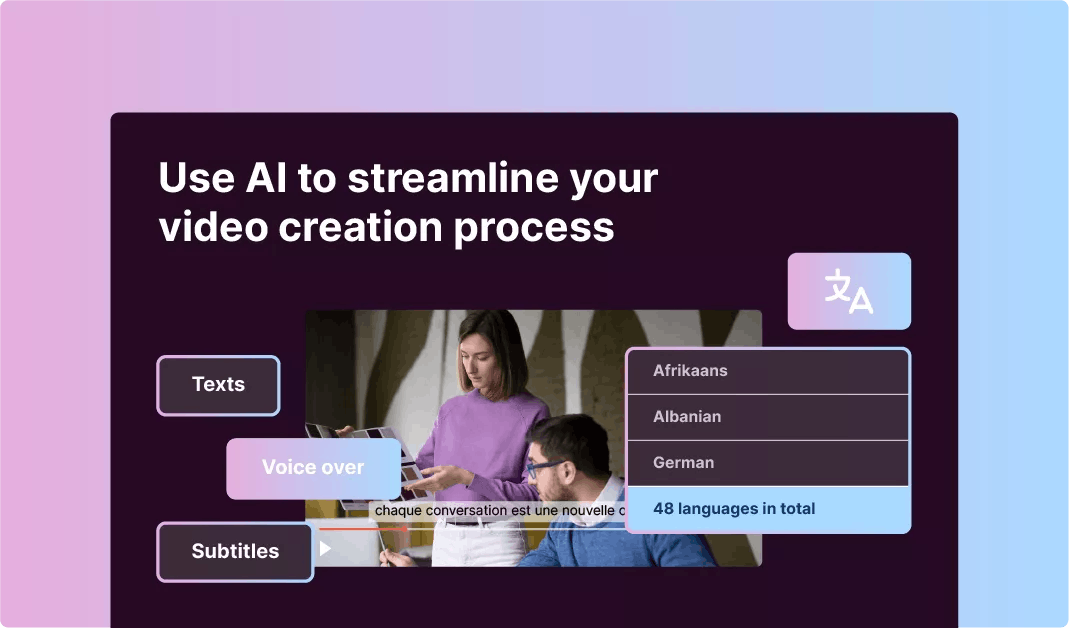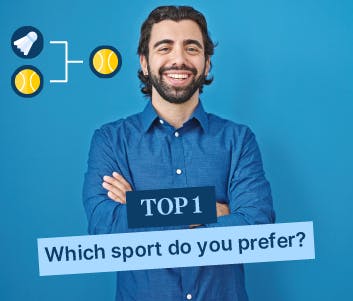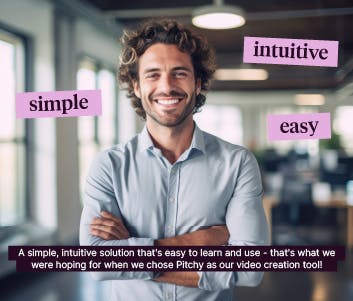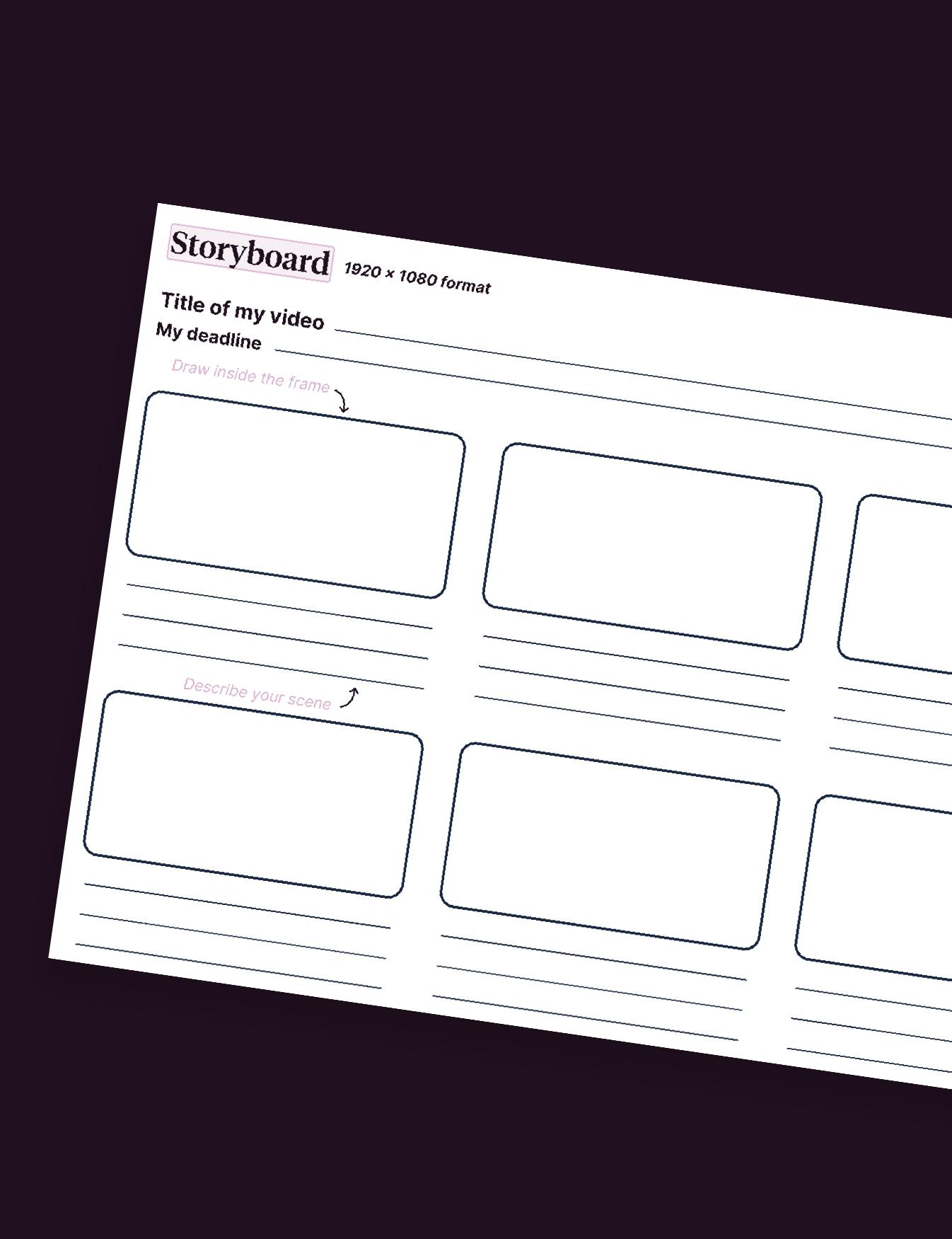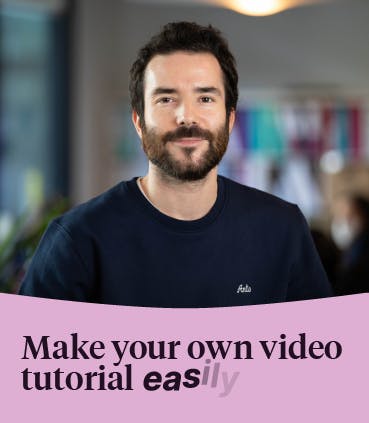5 ways to use video to reinvent your corporate communications
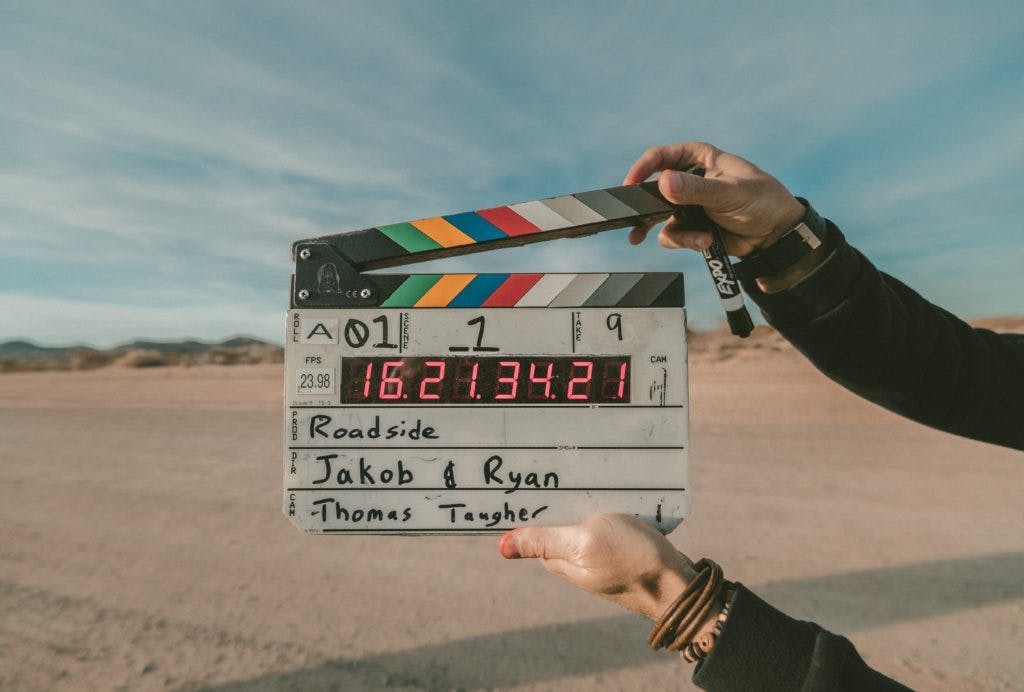
Video and corporate communications go hand in hand. They make a perfect match, provided that you stay away from overly conventional strategies. To overcome this obstacle, Content Factory has identified several trends that illustrate how companies reinvent their corporate communications.
Presenting activities, highlighting technical expertise. This kind of video is enhanced by a few figures that reflect the company’s production capacity and dynamic capabilities. In 2 to 3 minutes, it shows the company’s core business, its products and/or services or its progress and expansion capabilities: from local to national to global. The result is…conventional.
Do you absolutely need a corporate video that presents your company and its core business, even conventionally? We would say that it’s better to have one than not to have one at all. Many companies have understood this and created this kind of video as a digital identity card. But you can – and probably should – go further and show originality and innovation to stand out from your competition. Content Factory has identified some major trends in corporate video, which are explained below.
Different ways to use storytelling in animation
The ability to highlight the human dimension of a topic, generate trust and say more about yourself to establish closer ties with your audience…these are the virtues of storytelling. This kind of communication consists of presenting the company through people (employees or customers) recounting all or part of the company’s history. The goal is to tell a story from a subjective point of view, i.e. that of a customer or an employee and, in doing so, break with the style of traditional corporate communications.
To get the most out of this kind of video, don’t hesitate to share your difficulties in order to humanise your business. In terms of uses, these videos are essentially used for two purposes: highlighting the brand image and the employer brand.
Two good examples of storytelling videos are those created by the Casino Group and Décathlon. The Casino Group wanted to use video to show the common values of different brands like Monoprix, Franprix, Cdiscount, etc. The general idea was to show that the group has been innovating in customer service for 120 years by alternating clips of old videos and current videos. For the 40th anniversary of Décathlon in 2016, the brand produced a corporate video showing the various innovations created for athletes each decade. At the same time, fans were invited to share their best sports memories on the site and on social media.
Belgian transport operator STIVB, which regularly communicates on good behaviour to promote public transport safety, provides another good example of storytelling. Instead of sticking to conventional prevention adverts that condemn and criticise dangerous behaviour, the Belgian group opted for a video testimonial with a voiceover of a tram driver telling about how he hit a child who crossed the street without looking. The rest of the video was made with stop motion to emphasise the seriousness of the issue.
Best corporate videos with good script to promote corporate culture to viewers
Motion design is now commonly used in corporate video to simplify complex messages or break down complex topics. Animating videos graphically with motion design has become a popular way to make video because of the creative potential of this technique. It’s a good alternative to video recordings.
One example is the use of this kind of video by Danone and its Safety department. Travel policy rules needed to be officially communicated. The idea was to inform employees of the existence of services and processes. So the Safety department produced a video that was like a short disaster film illustrating how an organised trip went awry because of a violation of its travel policy. This is a clear example of the effective use of video as a medium to draw attention to a normally dull regulatory topic.
The benefits of “behind the scenes” videos
The purpose of corporate video is to convince your prospects and customers that your company works better than your competitors. This may include, for example, your internal processes or your production methods. Videos that show what goes on behind the scenes or during daily activities related to a project are highly recommended for highlighting your employer brand or your company’s know-how.
Bouygues Travaux Publics, for example, produced a 4-minute video on the construction of a 3.2 km dike in the port of Calais in Hauts-de-France. The video shows the enormous amounts of resources used and the many obstacles encountered, including the tides, wind, waves and nightfall. It was a great way to highlight the company’s construction work while showing the daily issues that arose at the site.
When it comes to promoting the employer brand, the air force is keeping pace by showing its pilots at work. For its corporate communication and employer brand, the “Aviateurs, histoires vraies” (Aviators: true stories) web series offers aspiring aviators an up-close look at the daily activities of a fighter pilot. The new season is original because it includes almost no images. It’s mostly based on voice-overs, visual design, subtitles and sometimes a radar screen.
In a more conventional but nevertheless effective style, the clothing brand Desigual decided to present the way it makes its clothes and fashion accessories. The video also shows the complete logistics process until their products are purchased to increase transparency and give viewers the impression that they know more about brand.
DNA- and value-focused videos to meet current and future challenges
If you’re in a competitive market with comparable products/services and human and technical resources, factual communication is no longer enough. As with storytelling videos, your message video needs to adopt new styles and explore new territories related to important societal issues. These institutional videos can be used to inspire. In addition to spreading a positive image among the public, this type of video also helps to reach new generations of workers who want to do meaningful work.
With this in mind, Macif decided to show its sponsorship of sports on video. In 2017, yacht racer François Gabart sailed around the world alone in record time. So Macif decided to make a short 25-minute film highlighting the yacht racer’s most important milestones using the same style as the documentary “Les Yeux dans les Bleus”, which showed the French football team’s preparation for and victory in the 1998 World Cup. The aim was to show the shared values of the sportsman and the brand.
Video for official announcements
In terms of format, video testimonials are useful for presenting an event. They can also be used to present various departments that are recruiting new employees. Filmed interviews are also recommended for official announcements such as those related to capital raising initiatives, partnerships, buyouts or company results. The filmed person is part of the management team and the tone is rather formal.
But while the tone may be formal, this doesn’t mean you can’t use more modern communication styles. Media companies Brut and Konbini have given a contemporary twist to interview styles. The formats are colourful and well-paced, the décor is cosy and the questions are unconventional. These media companies have shown the importance of making your videos more dynamic, improving the presentation of your video interviews and including keywords and subtitles. This type of format can be used to highlight the human dimension of content that can sometimes be a little “cold”.
Make the best corporate videos with Pitchy device. Ask for a demo of our software to make whiteboard animation graphics and other corporate productions.
Resources


